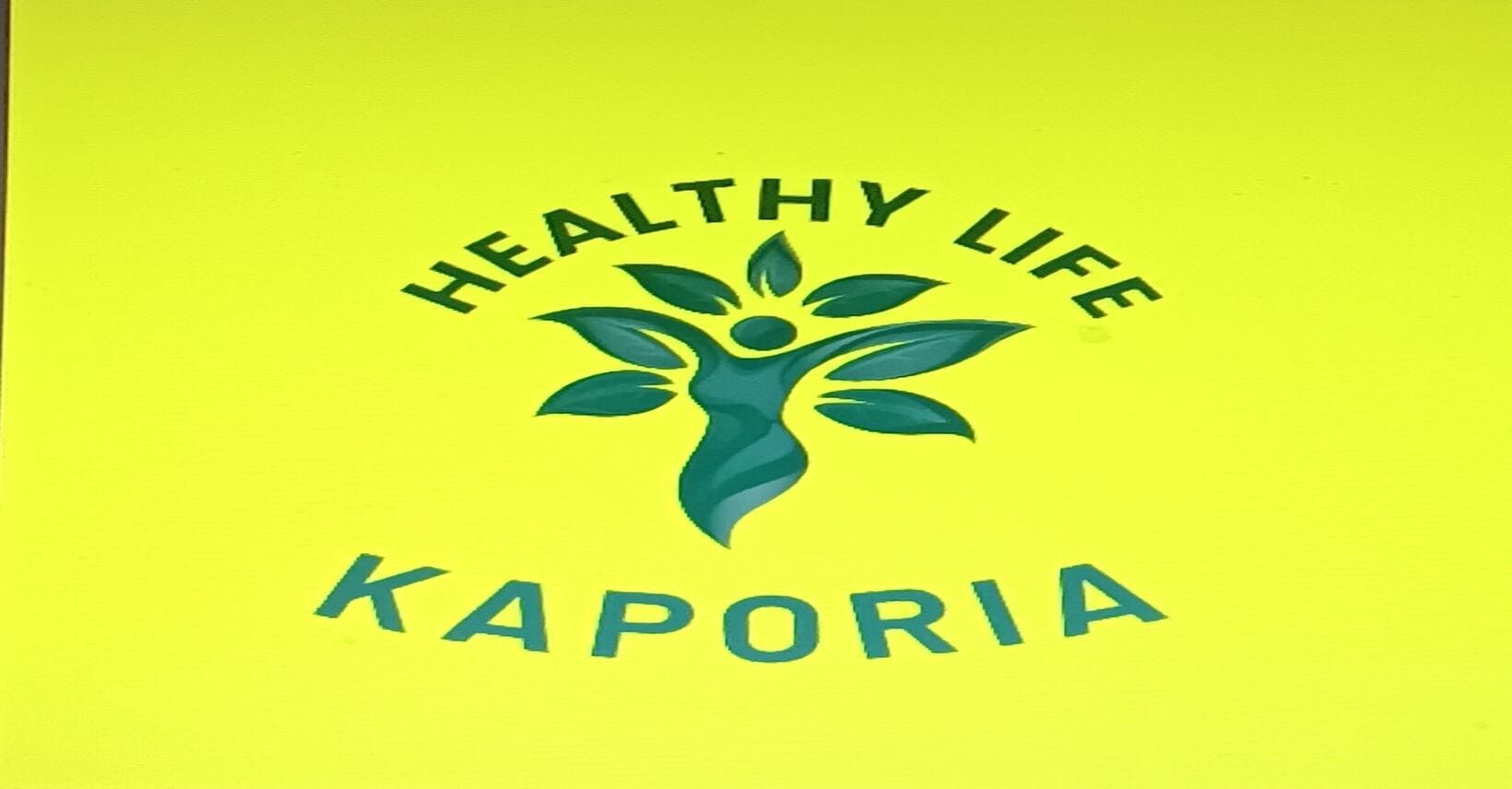[ad_1]
By KIM BELLARD
I really feel a lot about artificial biology as I do AI: I don’t actually perceive it from a technical perspective, however I certain am enthusiastic about its potential. Generally they even overlap, as I’ll focus on later. However I’ll begin with some current developments with bioplastics, a subject I’ve someway by no means actually coated.
Let’s begin with some work at Washington College (St. Louis) involving, of all issues, purple micro organism. In case you didn’t comprehend it – I definitely didn’t – purple micro organism “are a particular group of aquatic microbes famend for his or her adaptability and skill to create helpful compounds from easy components,” according to the press release. The researchers are turning the micro organism into bioplastic factories.
One research, led by graduate pupil Eric Connors, confirmed that two “obscure” species of purple micro organism can produce polyhydroxyalkanoates (PHAs), a pure polymer that may be purified to make plastics. One other research, led by analysis lab supervisor Tahina Ranaivoarisoa, took one other “nicely studied however notoriously cussed” species of purple micro organism to dramatically ramp up its manufacturing of PHAs, by inserting a gene that helped flip them into “relative PHA powerhouses.” The researchers are optimistic they may use different micro organism to provide even larger ranges of bioplastics.
The work was executed within the lab of affiliate professor Aripta Bose, who stated: “There’s an enormous international demand for bioplastics. They are often produced with out including CO2 to the ambiance and are utterly biodegradable. These two research present the significance of taking a number of approaches to discovering new methods to provide this helpful materials.”
“It’s price looking at micro organism that we haven’t checked out earlier than,” Mr. Conners stated. “We haven’t come near realizing their potential.” Professor Bose agrees: “We hope these bioplastics will produce actual options down the street.”
In the meantime, researchers at Korea Superior Institute of Science and Know-how, led by Sang Yup Lee, have manipulated micro organism to provide polymers that include “ring-like buildings,” which apparently make the plastics extra inflexible and thermally steady. Usually these buildings could be poisonous to the micro organism, however the researchers managed to allow E. coli micro organism to each tolerate and produce them. The researchers consider that the polymer could be particularly helpful in biomedical purposes, reminiscent of drug supply.
As with the Washington College work, this analysis just isn’t producing output at scale, however the researchers have good confidence that it may possibly. “If we put extra effort into growing the yield, then this technique would possibly have the ability to be commercialized at a bigger scale,” says Professor Lee. “We’re working to enhance the effectivity of our manufacturing course of in addition to the restoration course of, in order that we will economically purify the polymers we produce.”
As a result of the polymer is produced utilizing organic as an alternative of chemical processes, and is biodegradable, the researchers consider it may be essential for the setting. “I believe biomanufacturing might be a key to the success of mitigating local weather change and the worldwide plastic disaster,” says Professor Lee. “We have to collaborate internationally to advertise bio-based manufacturing in order that we will guarantee a greater setting for our future.”
Environmental influence can also be very a lot on the minds of researchers on the College of Virginia. They’re engaged on creating biodegradable bioplastics from meals waste. “By creating cost-effective bioplastics that naturally decompose, we will cut back plastic air pollution on land and in oceans and tackle vital points reminiscent of greenhouse fuel emissions and financial losses related to meals waste,” said lead researcher Zhiwu “Drew” Wang.
The workforce is creating microorganisms that convert meals waste into fat, that are then processed into bioplastics. These bioplastics then ought to simply be composed. “Our first step is to make single-layer movie to see if it may be utilized as an precise product,” said Chenxi Cao, a senior in packaging and system design. “If it has good oxygen and water vapor obstacles and different properties, we will transfer to the following step. We goal to interchange conventional coated paper merchandise with PHA. Present paper merchandise are sometimes coated with polyethylene or polyactic acid, which aren’t totally degradable. PHA is totally biodegradable in nature, even in a yard setting.”
The method is presently nonetheless within the pilot undertaking stage.
If all that isn’t cool sufficient, our personal our bodies could change into biofactories, reminiscent of to ship medication or vaccines. Earlier this 12 months researchers at UT Southwestern reported on “in situ manufacturing and secretion of proteins,” which on this case focused psoriasis and two varieties of most cancers.
The researchers say: “Via this engineering method, the physique may be utilized as a bioreactor to provide and systemically secrete just about any encodable protein that will in any other case be confined to the intracellular house of the transfected cell, thus opening up new therapeutic alternatives.”
“As an alternative of going to the hospital or outpatient clinic regularly for infusions, this expertise could sometime enable a affected person to obtain a remedy at a pharmacy and even at residence as soon as a month, which might be a major enhance to their high quality of life,” stated research chief Daniel Siegwart, Ph.D. Professor Siegwart believes this sort of in situ manufacturing might finally enhance well being and high quality of life for sufferers with inflammatory ailments, cancers, clotting issues, diabetes, and a spread of genetic issues.
I promised I’d contact on an instance of artificial biology and AI overlapping. Final 12 months I wrote about how “organoid intelligence” was a brand new method to biocomputing and AI. Earlier this 12 months Swiss agency FinalSpark launched its Neuroplatform, which makes use of 16 human mind organoids because the computing platform, claiming it was: “The following evolutionary leap for AI.”
“Our principal objective is synthetic intelligence for 100,000 occasions much less vitality,” FinalSpark co-founder Fred Jordan says.
Now FinalSpark is renting its biocomputers to AI researchers at a number of prime universities…for less than $500 a month. “So far as I do know, we’re the one ones on this planet doing this” on a publicly rentable platform, Dr. Jordan told Scientific American. Reportedly, round 34 universities requested entry, however FinalSpark thus far has limited use to 9 establishments, together with the College of Michigan, the Free College of Berlin, and the Lancaster College in Germany.
Scientific America reports associated work at Spain’s Nationwide Middle for Biotechnology, utilizing mobile computing, and on the College of the West of England, utilizing – I’m critical! – fungal networks. “Fungal computing gives a number of benefits over brain-organoid-based computing,” Andrew Adamatzky says, “notably by way of moral simplicity, ease of cultivation, environmental resilience, cost-effectiveness and integration with current applied sciences.”
Bioplastics, biofactories, biocomputing — fairly cool stuff throughout. I’ll admit I don’t know the place all of that is main, however I can’t wait to see the place it leads.
[ad_2]
Source link

